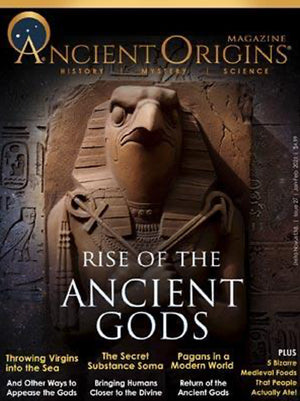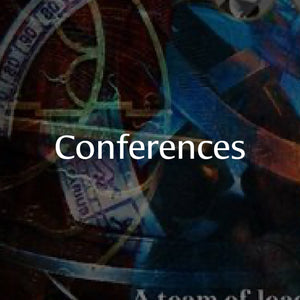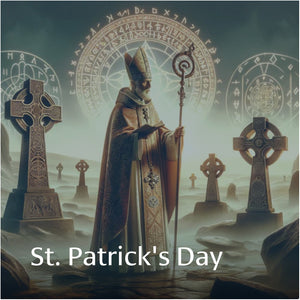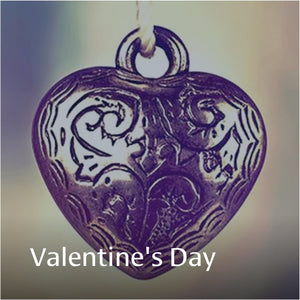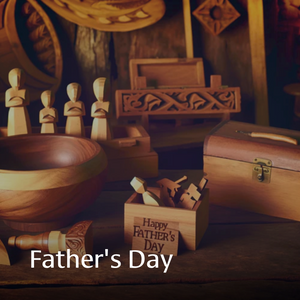
Earth Mysteries of Cornwall’s Fogous
- Regular price
- $10.00
- Sale price
- $10.00
- Regular price
-
- Unit price
- per
-
Product Information
Steeped in mystery, the fogous in Cornwall, England cast their captivating presence over all who enter the depths of their earth.
Dating from the Iron Age or Romano-British era, fogous are subterranean dry-stone constructions. The name may be related to the Cornish words fow or gogow, both meaning cave, but they are called vugs, vows, foggos, giant holts, or fuggy holes in local dialects.
Theories as to their use vary from refuges during raids, food storages, religious, or a more spiritual function. It is unlikely that they would have been effective for food storage since Cornwall is a damp climate, and dead-end caves would have been a death trap for anyone hiding from raiders. At these sites, evidence of an Iron-Age community is often found nearby. Were these places of ancient ritual?
Built with stone walls and a corbelled roof and covered with soil that had been excavated during the construction, fogous have dead-end side passages and appear to have astronomical alignments. Some claim they correspond to souterrains or earth-houses in northern Europe, and particularly in Scotland. The difference between a fogou and a souterrain may only be in the name, but that doesn´t mean that they were all used for the same purpose!
There are around 15 extant fogous in Cornwall of which Halliggye Fogou on the Trelowarren estate is generally accepted to be the largest. Other well-preserved fogous are Carn Euny, Boleigh Fogou, and Trewardreva.
Author Dr. Gary White visited Pendeen Vau, located on the Cornish coast of England, near the village of Pendeen. It is situated at Pendeen (Manor) farm, once the home of the renowned historian William Borlase. Pendeen Fogou is a rock-lined, Y-shaped construction that currently looks like a grass-topped mound with a rock retaining wall at its base, overlooking the sea. Local folklore has it that Pendeen Fogou is the home of a spectral “Lady in White” with a rose in her mouth. She appears at Christmas time and is a harbinger of death for anyone who sees her. This legend might be a memory of ancient priestesses who celebrated rituals at the fogou, perhaps during the winter solstice. Gary shares his mystical experience at Pendeen, imagining what a young initiate during a rite of passage ritual may have experienced.
Gary White, Ph.D., is Distinguished Professor Emeritus at Iowa State University, where he was a professor of music theory and a successful composer. He is author of a number of college-level music theory textbooks. After his (early) retirement in 1994, he established Pilgrims Process Publishers, which has published over 30 books by different authors on a variety of subjects, including sacred sites, pilgrimage, fiction, and a series of seven books under the general title of “Powerful Places in . . .” The series, which is co-authored with his wife, Elyn Aviva, includes: Powerful Places in Scotland, Wales, Ireland, Cornwall, Catalonia, Brittany, and the Caminos de Santiago.


